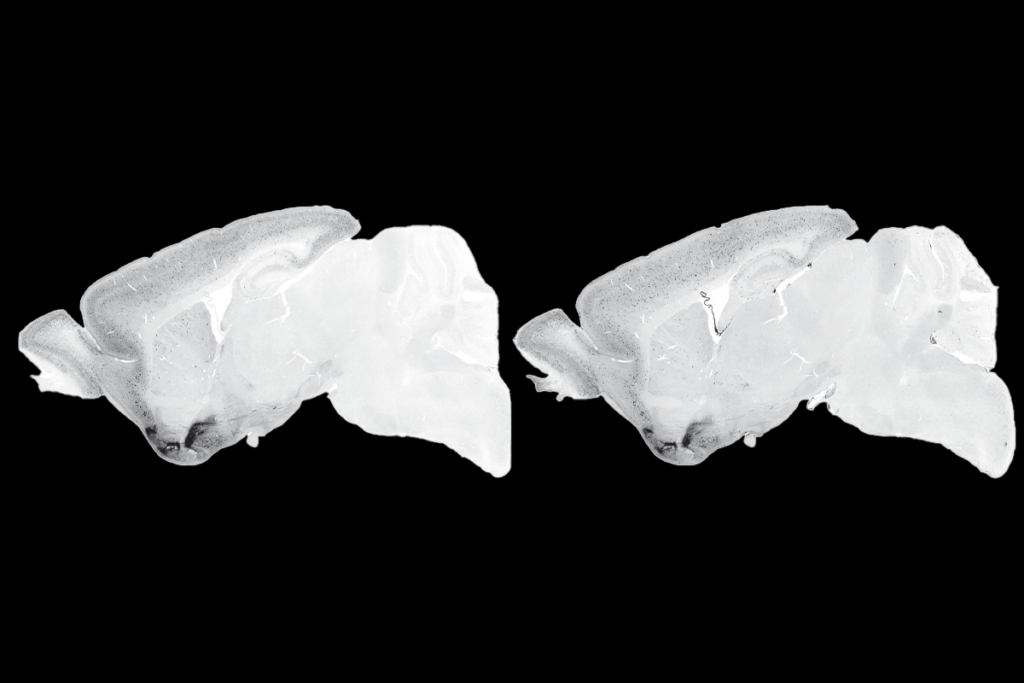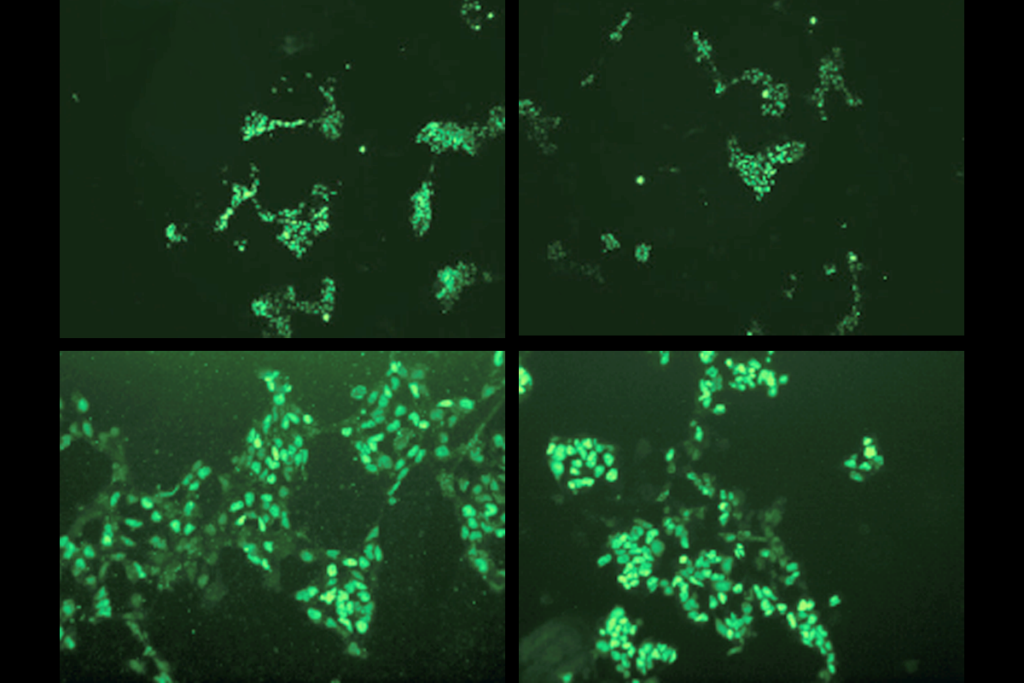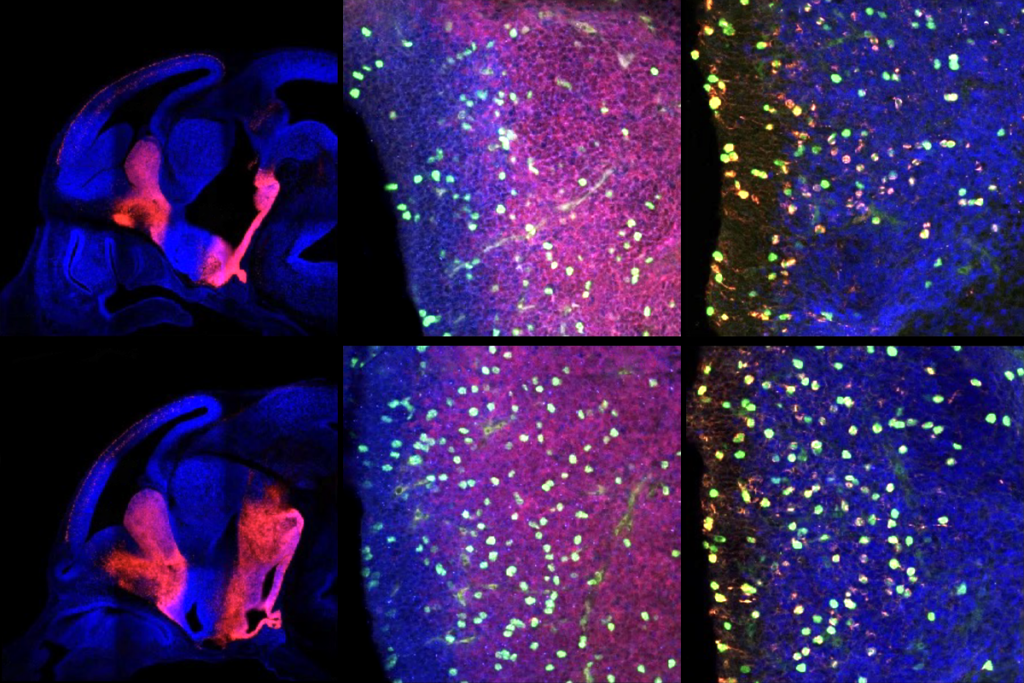It has been more than 40 years since autism first entered the Diagnostic and Statistical Manual of Mental Disorders as a neurodevelopmental condition of childhood. And over the ensuing decades, the criteria defining the condition have evolved, along with the recognition that autism is both heterogenous in its presentation and frequently comorbid with other diagnoses.
This overlap with other conditions may be more than incidental. There is a growing debate about traits that appear across multiple neurodevelopmental conditions and are not unique to autism. That has, in turn, sparked interest in the possible scientific and practical advantages that would come from studying or organizing clinical support around characteristics that are transdiagnostic, or recur across conditions.
We believe a transdiagnostic framework is necessary to advance the science and treatment of neurodevelopmental conditions, and to better encapsulate child development and its complexity. Such a framework can better move the field forward and ensure that we accurately represent child development and its diversity—and identify assessments and supports for all children who need them.
By contrast, the current emphasis the field puts on diagnosis will, we believe, lead to a repetitive and slow science. For example, researchers sometimes use a diagnosis-specific theory to identify specific factors believed to be unique to one neurodevelopmental condition, only to later discover the same findings across many neurodevelopmental conditions.
To make a shift to a transdiagnostic framework will demand several changes in both research and clinical practice, but it offers many advantages as well. In our own research, we have examined executive function as a transdiagnostic feature that—as we will discuss—illustrates the potential of this approach.
R
esearch practices are currently not well positioned to integrate findings across neurodevelopmental conditions. For one thing, funding agencies and scientific priorities are often focused on finding causes, mechanisms and treatments for specific conditions—an emphasis that has led to siloed practices across the research and clinical services, which can cause problems for families.To illustrate, many research studies and support systems require a diagnosis to be in place before services can be provided. Widespread evidence shows that children and families often wait many years for an appropriate diagnostic assessment and support. Assessment can be both time and resource intensive, and therefore limited to well-resourced communities.
By contrast, a transdiagnostic framework provides more fundamental phenotypes to identify children who require long-term supports to improve circuits, traits and functions. For example, it would allow for organizing clinicians and support systems around addressing shared language or behavioral difficulties, rather than funneling services exclusively around a single diagnosis.
A transdiagnostic framework might have more capacity to focus on individual children and their diverse needs—and to match supports based on these needs. It might also reveal novel treatment and research avenues. For example, although stimulant medications are well studied for attention-deficit/hyperactivity disorder (ADHD), their efficacy for attention delays in other neurodevelopmental conditions is rarely studied. And even though social interventions are widely researched for autism, there is limited evidence to guide their application to the many other neurodevelopmental conditions that come with social challenges.
I
n a study published in October in Nature Human Behaviour, we focused on difficulties in executive function, an umbrella term that encompasses such cognitive skills as sustained attention, attentional shifting, impulse control, planning, organization and problem-solving.Over several decades, research has considered links between domain-specific executive functioning challenges and certain neurodevelopmental conditions. In the autism field, executive function delays have played a major role in guiding the development of theories to understand the development of autism and its traits.
But far more similarities than differences exist in executive functioning challenges across neurodevelopmental conditions, we were surprised to find in a meta-analysis of 180 studies spanning more than 40 years. Children with ADHD displayed notable delays in attention and impulse control, but so did children with autism, communication conditions and specific learning disorders. The differences between conditions were so minimal as to suggest that executive function delays and challenges are a shared feature across all neurodevelopmental conditions.
Further, executive function delay increased in severity among children with two or more neurodevelopmental conditions. This pattern suggests that executive function delay may be a sensitive marker for complexity across all neurodevelopmental conditions, rather than a specific outcome for one diagnosis.
In a second study, published in November in Molecular Psychiatry, we replicated these largely transdiagnostic effects across neurodevelopmental conditions in the first five years of life. We could not differentiate attention and executive delay among children with various conditions from that in neurotypical cohorts during the first year of life. But small differences emerged in toddlerhood, and these increased to a moderate size by the preschool years. Few differences emerged between the neurodevelopmental conditions. This suggests that executive function delay may be a useful marker of neurodevelopmental differences that can indicate a need for support well before a specific diagnosis is made.
O
ne limitation of our studies and other transdiagnostic research efforts, such as research domain criteria, or RDoC, is that these findings were generated from studies that usually compared only two or three neurodevelopmental conditions in a selective manner. When research is done in this piecemeal manner, it should be no surprise that lesser investigated neurodevelopmental conditions are rarely included in cross-disorder comparisons. (We illustrate this point in the Supplementary Table 8 of our Nature Human Behaviour study.)There is also limited opportunity to integrate these individual data points to better understand variability within and across conditions. The development of broader models, the collection of associated data and the prioritization of these frameworks is, therefore, a future challenge for science and its funding.
A transdiagnostic approach has the potential to lead to a more developmentally sensitive science, one that can reveal how executive function delays contribute to brain circuitry, trait profiles and functioning outcomes. Ultimately, this science can support early interventions and outcomes for all children with neurodevelopmental conditions.






